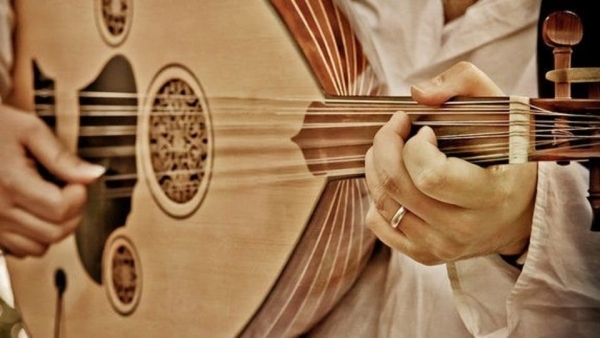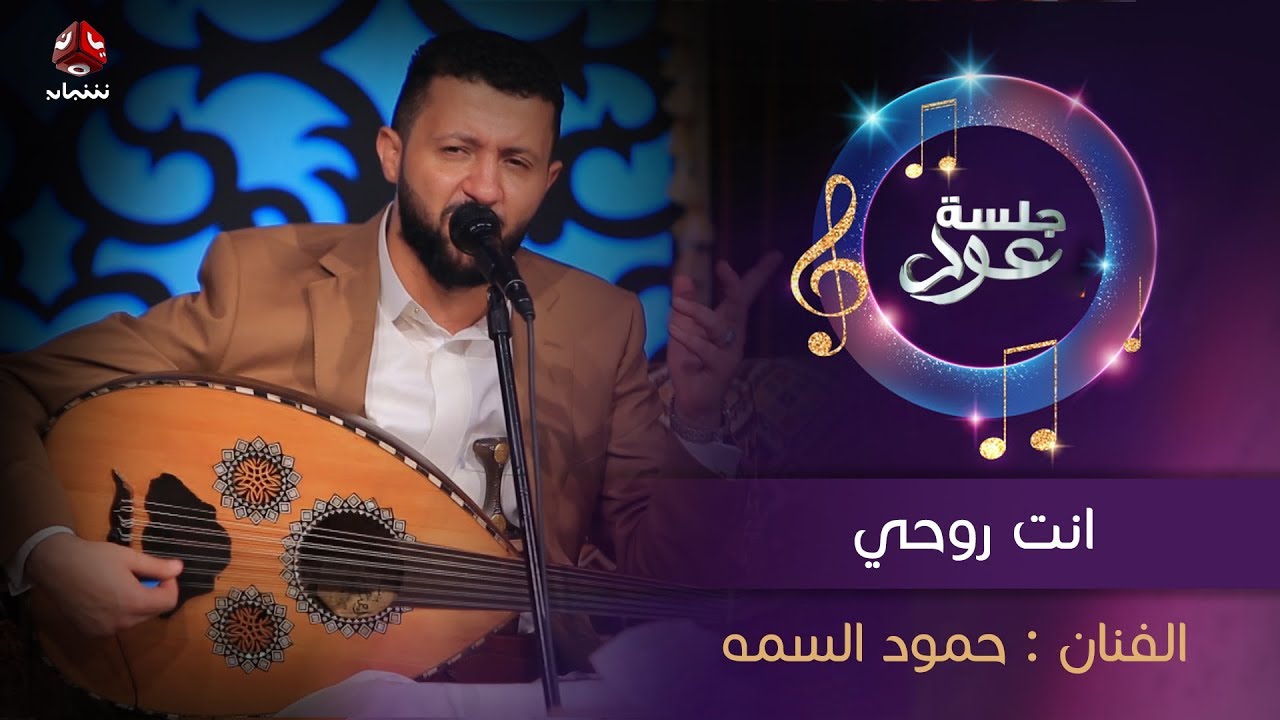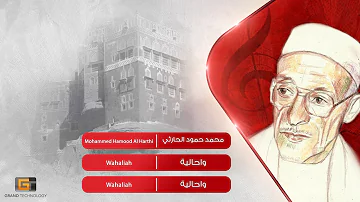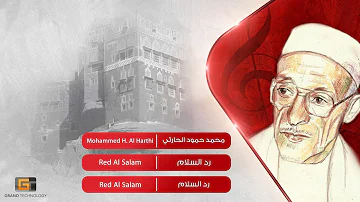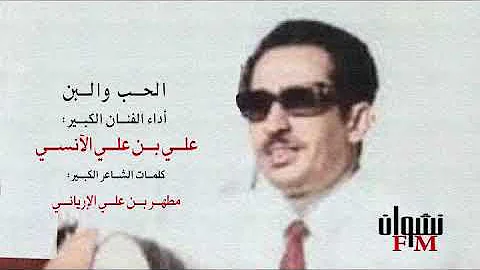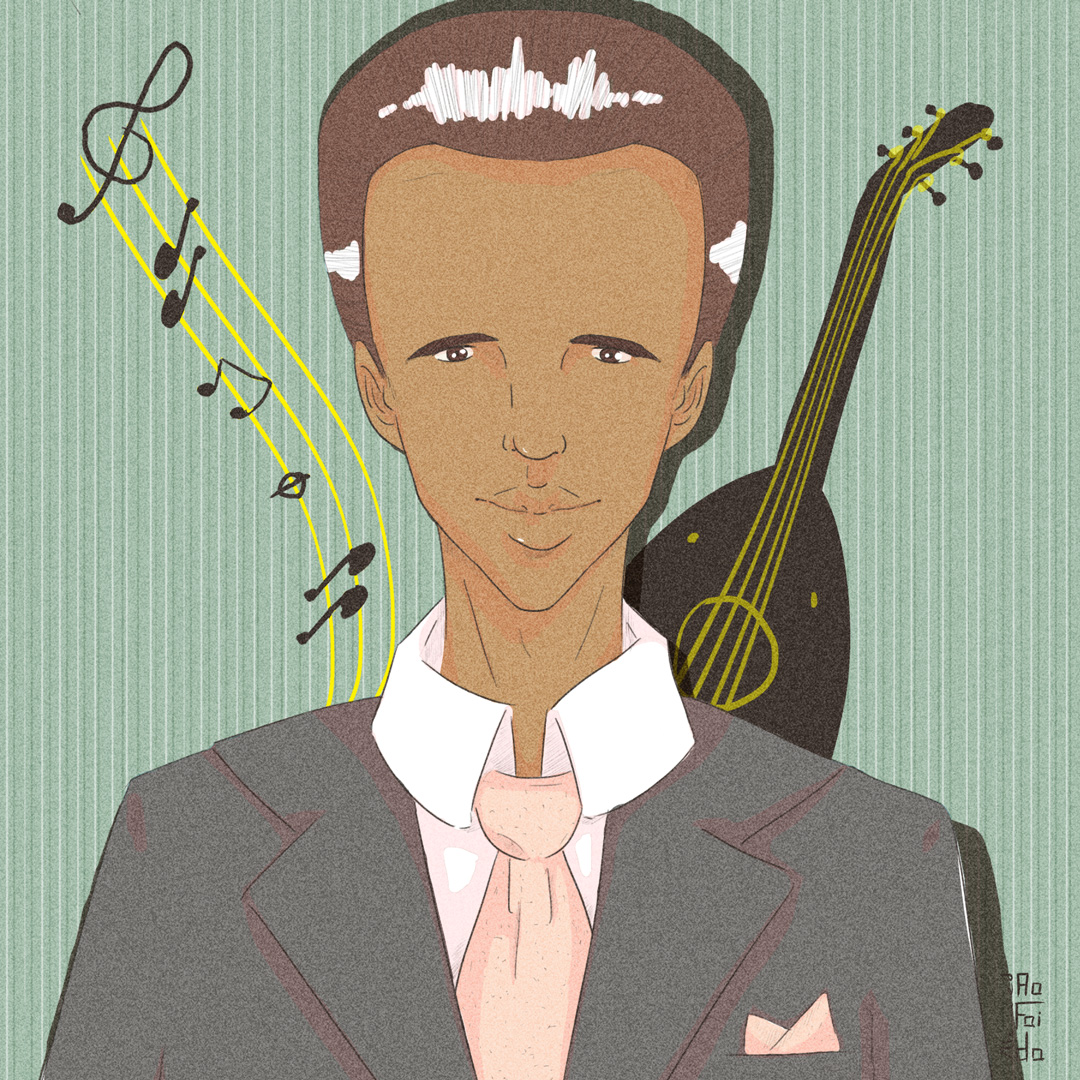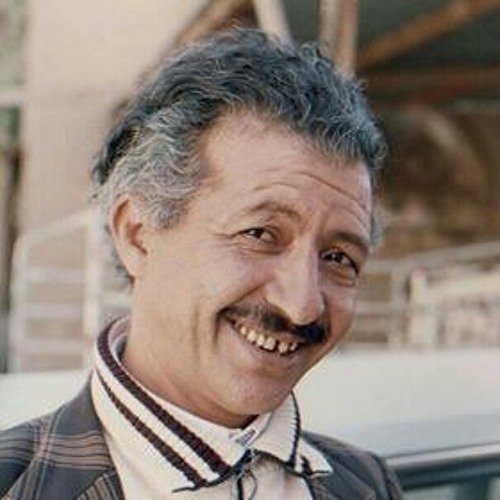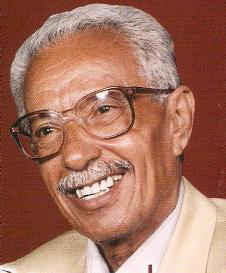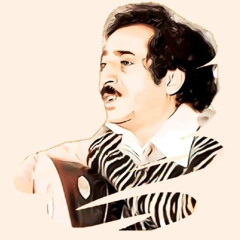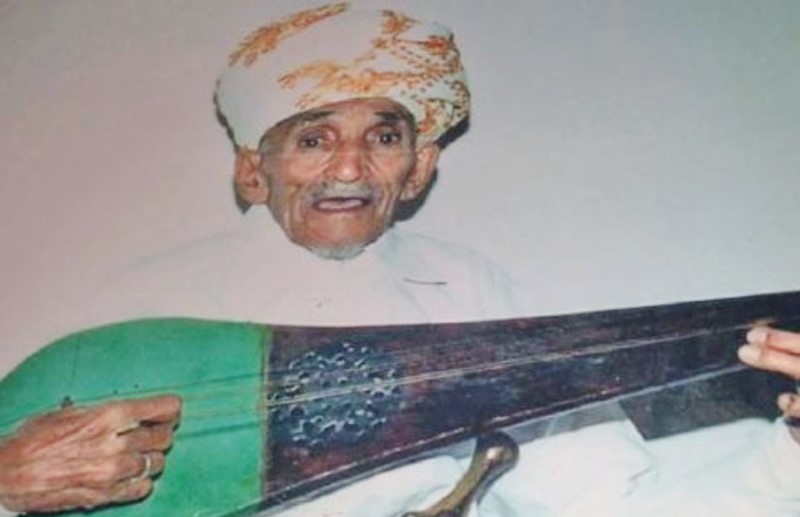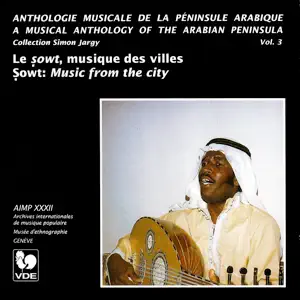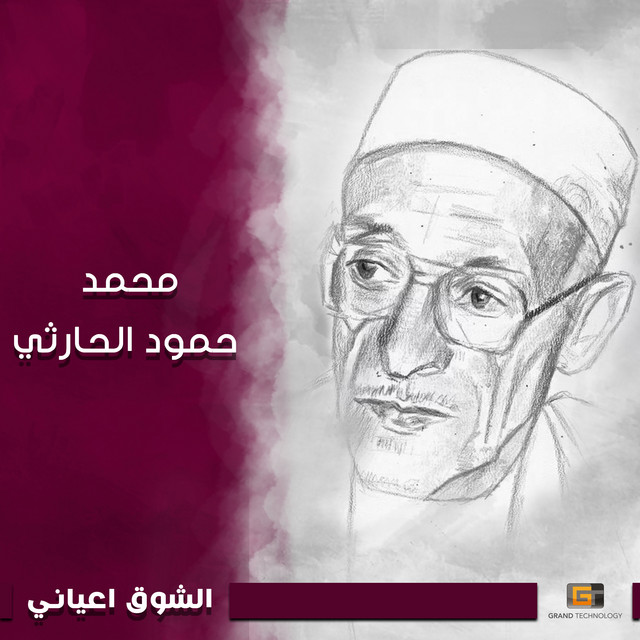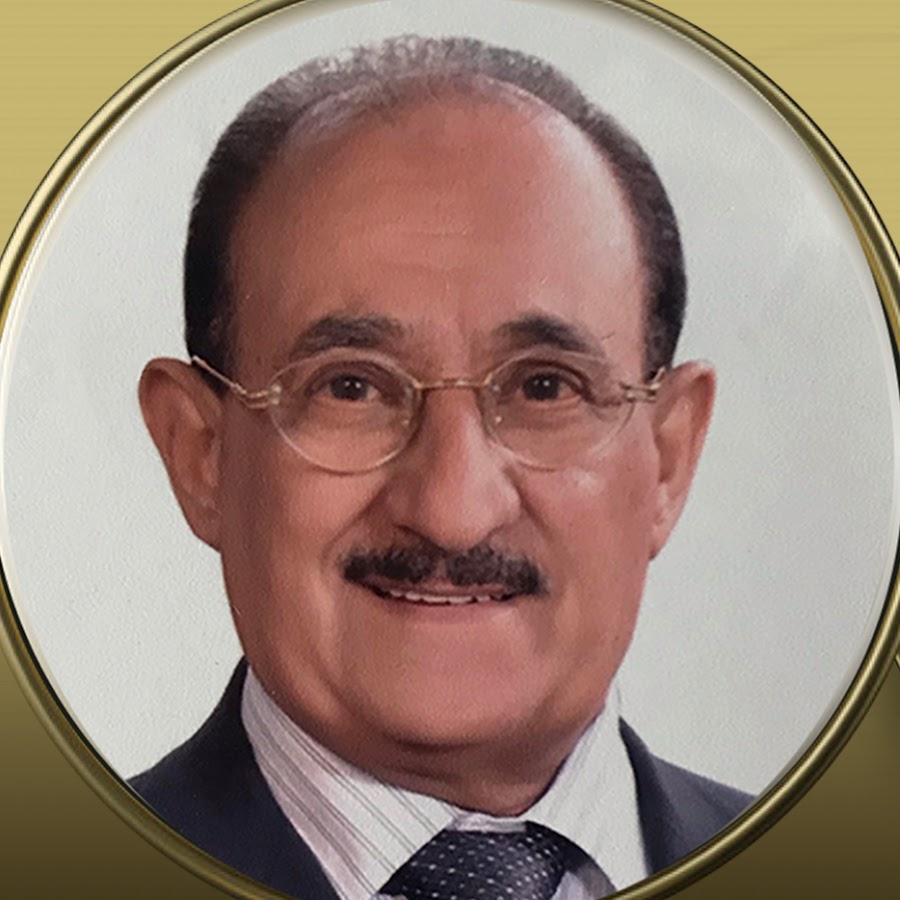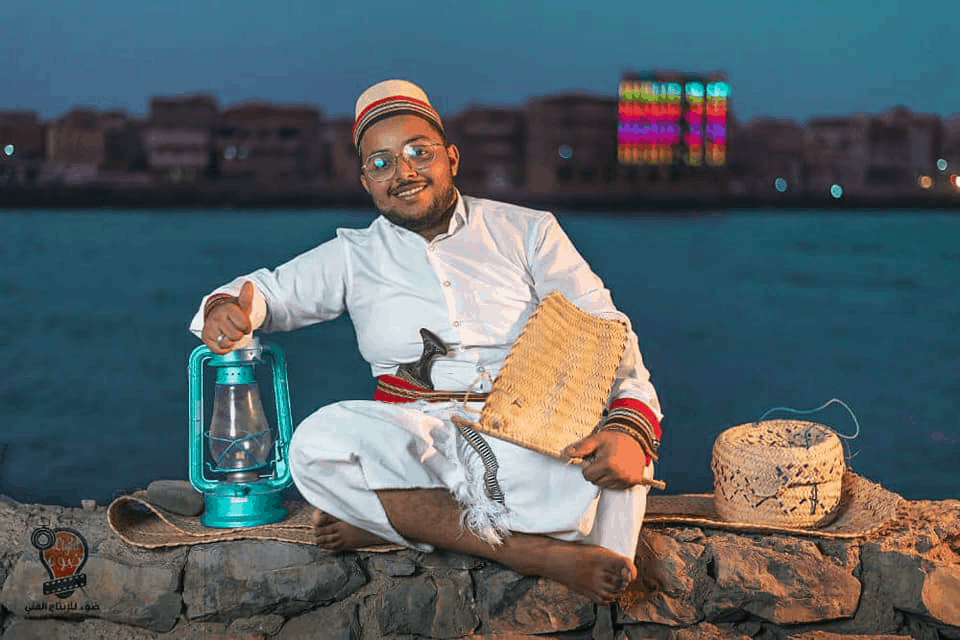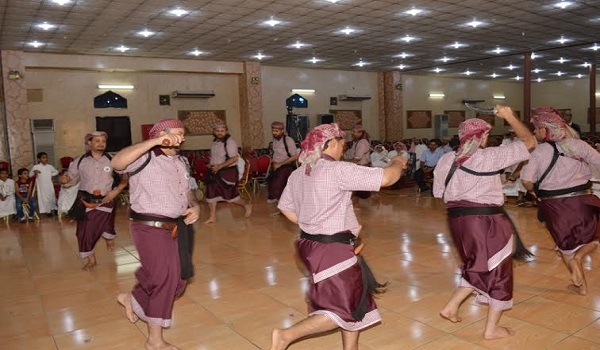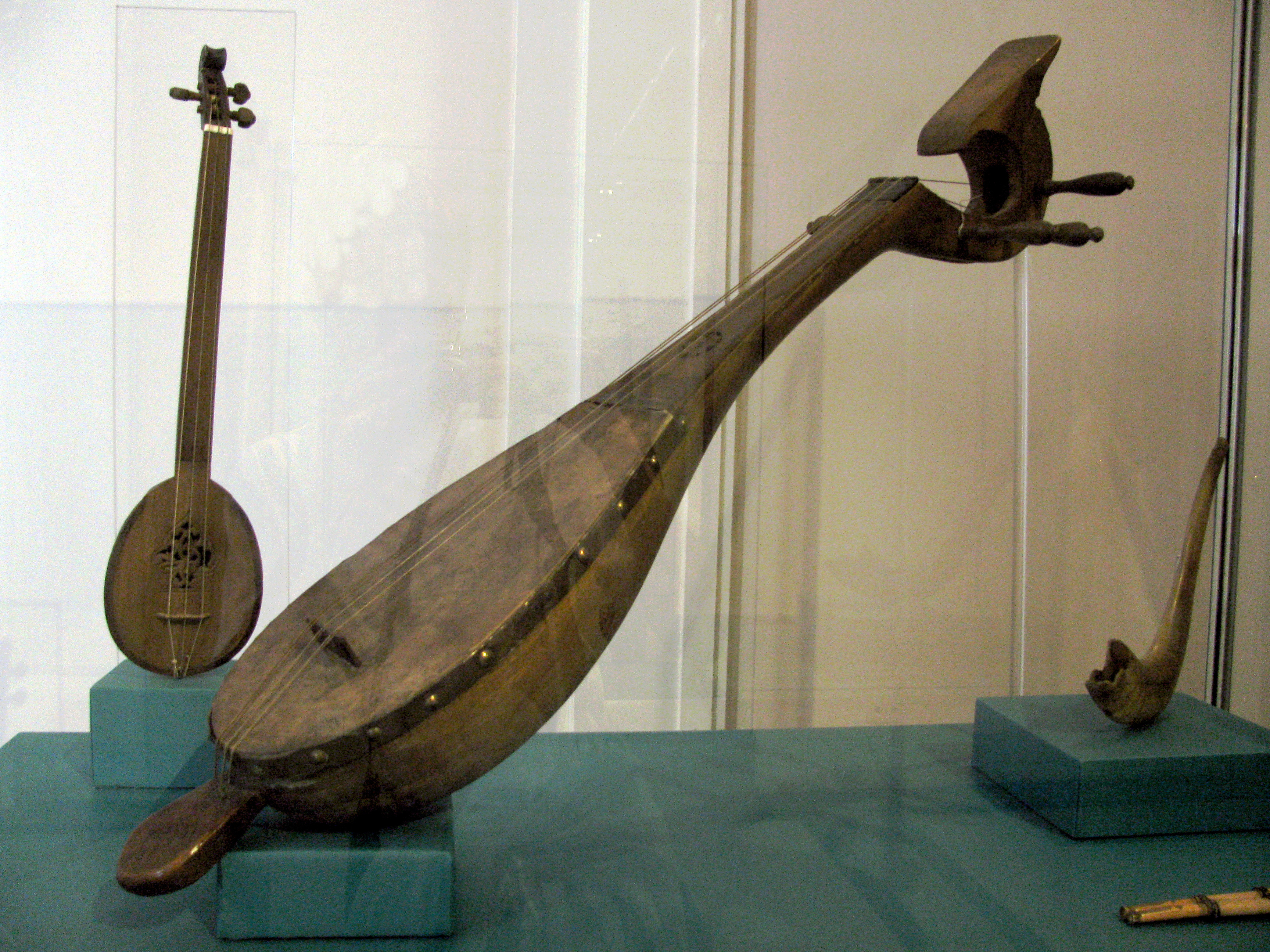Although popularly known as the Sana’ani color or genre, this traditional lyrical genre is present throughout Yemen and even some neighboring countries such as southern Saudi Arabia and Oman. It is attributed to the city of Sana'a for the exceptional interest this type of song enjoys there. It is distinguished by its performance in homes and private gatherings of the upper class to some extent. It is accompanied by rituals and etiquette called "the culture of listening," which French music researcher Jean Lambert documented in his book, Soul Treatment, the Art of Sana'ani Singing.
This lyrical genre is based on Humayni poetry or Yemeni Muwashah poetry, and is characterized by the presence of a musical opening called “Fartash.” Fartash is a special type of melody that is unique to traditional Yemeni music, acting as an introduction and melody for the singer and his lyrical song.
San’ani Fartash melodies, like other melodies in Arabic music, are often “loose” in that they are without bar scales and interspersed with musical phrases in a scale of 6/8 rapid rhythm. The Fartash is like a piece of integrated melodies that switch between three rhythms from slowest to fastest: Dasa'a Al Kabeerah, Al-Wusta and Al-Sare’a.
This genre is performed in a number of different regions of Yemen. Esteemed artists who contributed to its spread and fame (known as “sheikhs of singers”) emerged at the beginning of the 20th century. They include Jaber Rizk (deceased 1902), Saad Abdullah (deceased 1919), Ali Abu Bakr Bashrahil (deceased 1951), Muhammad al-Mas (deceased 1953), Ibrahim Muhammad al-Mas (deceased 1966), Awad al-Maslami (deceased 1975), Ahmed Obaid Qa’tabi (deceased 1969), Saleh Abdullah al-Antari (deceased 1965). From the next generation, the list includes Muhammad Hammoud al-Harthi, Muhammad Qasim al-Akhfash, Ali bin Ali al-Ansi, Ali al-Simah, Muhammad Saad Abdullah, Muhammad Abdo, Muhammad Murshid Naji, Yahya al-‘Aroma, Ahmad al-Snidar, Muhammad al-Khamisi, Hassan al-A’jami and Yahya al-Nunu.
